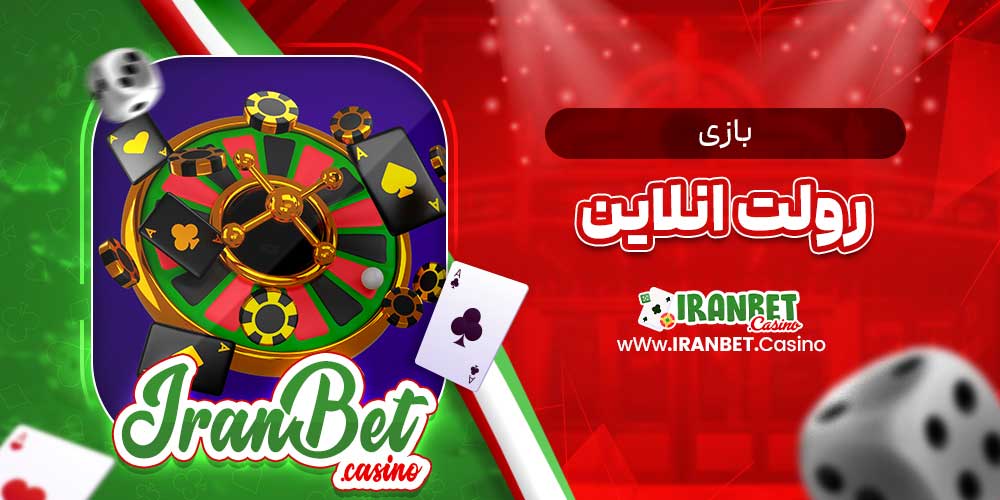Slot machines, often the centerpiece of casinos, have evolved from mechanical devices into sophisticated digital games enjoyed by millions around the world. Whether you’re playing in a brick-and-mortar casino or online, these games are not just a source of entmechaslot ertainment but also a multi-billion-dollar industry.
The History of Slot Machines
The first slot machine was invented in 1891 by a New York-based mechanic named Sittman and Pitt. Their machine, known as the “Sittman and Pitt” slot, was a poker-based game with five drums containing 50 card faces. While this was a mechanical design, it was the precursor to modern slots. However, it wasn’t until 1895 that Charles Fey, a mechanic from San Francisco, perfected the design with the introduction of the “Liberty Bell.” This machine, with three reels and five symbols—diamonds, hearts, spades, horseshoes, and the Liberty Bell—became the first true slot machine, offering payouts when a player hit a specific combination of symbols.
By the mid-20th century, slot machines were widespread in casinos, and with the advent of video technology in the 1970s, the machines transitioned to more complex, computerized versions. Today, players can enjoy hundreds of different themes, bonus features, and jackpots from the comfort of their homes or on the casino floor.
How Slot Machines Work
At their core, slot machines operate on random number generators (RNGs), which ensure that every spin is independent of the last. The RNG generates a number that corresponds to a specific symbol on the reels, and the symbols that land on the payline determine the outcome of the game. The key features of a slot machine include:
- Reels: These are the vertical columns that spin when the game is activated. Traditional slot machines have three reels, but modern video slots can feature five or even more.
- Paylines: These are the lines where matching symbols must land to win. In older machines, there was usually one payline, while new slots can have dozens or even hundreds.
- Symbols: Symbols are what appear on the reels. Classic slots featured fruit, bars, and numbers, while modern slots feature a variety of themed images.
- Bonus Features: Many slots offer additional rounds, free spins, or interactive elements that increase the excitement and potential payout.
- Jackpots: Some slots feature progressive jackpots, where the prize pool increases with every spin until someone wins.
Types of Slot Machines
- Classic Slots: These are the traditional three-reel slots with simple gameplay and familiar symbols like cherries, sevens, and bars. They often have a single payline.
- Video Slots: With the advent of computers, video slots emerged. These machines typically feature five reels and have multiple paylines. They often come with advanced graphics, animations, and themed environments based on movies, TV shows, or mythology.
- Progressive Slots: These slots are linked together, with a portion of each player’s bet contributing to a shared jackpot. The jackpot continues to grow until someone wins the prize, which can sometimes reach millions of dollars.
- 3D Slots: A modern innovation, 3D slots offer impressive graphics and animations that enhance the overall gaming experience. They provide a more immersive experience for the player.
- Mobile Slots: With the rise of smartphones and tablets, mobile slots have become a popular option. These games are optimized for smaller screens and touch interfaces, allowing players to enjoy their favorite slots on the go.
Slot Strategies
Although slots are primarily games of chance, there are a few strategies that players use to maximize their enjoyment and potential winnings:
- Bankroll Management: Setting a budget and sticking to it is key. Players should avoid chasing losses and instead play within their means to ensure a more enjoyable experience.
- Choose the Right Slot: Some slots offer better payout percentages (known as Return to Player, or RTP). Researching which slots have higher RTP can increase a player’s chances of winning over time.
- Play for Fun: Because slots are random, it’s important to approach them with the mindset of entertainment rather than guaranteed profit.
The Future of Slot Machines
As technology continues to advance, the world of slot machines will only become more exciting. Virtual reality (VR) and augmented reality (AR) could soon play a role in creating more immersive slot experiences. Additionally, the continued integration of gamification, where players earn rewards or progress through levels, may make slots even more engaging.
The future also holds potential for further integration of artificial intelligence, allowing slots to become even more personalized for individual players. By analyzing player behavior and preferences, AI could tailor the experience to fit each user’s desires, adding an extra layer of entertainment.
Conclusion
Slot machines have come a long way from their humble beginnings over a century ago. Today, they are a beloved and essential part of both online and land-based casinos worldwide. As technology evolves, the experience continues to innovate, offering new ways for players to enjoy these games. Whether you’re a casual player or a seasoned pro, the world of slots is dynamic, thrilling, and full of opportunities for big wins.


